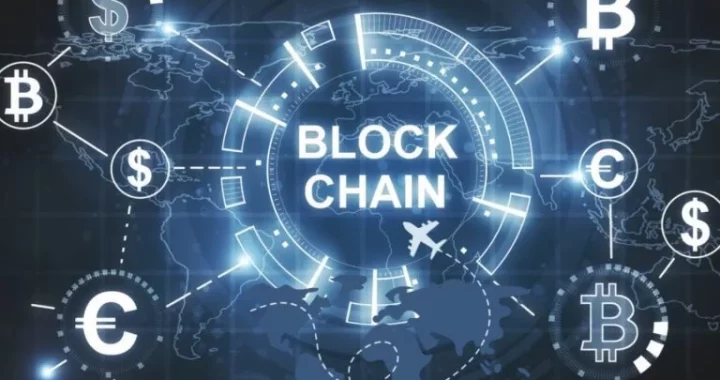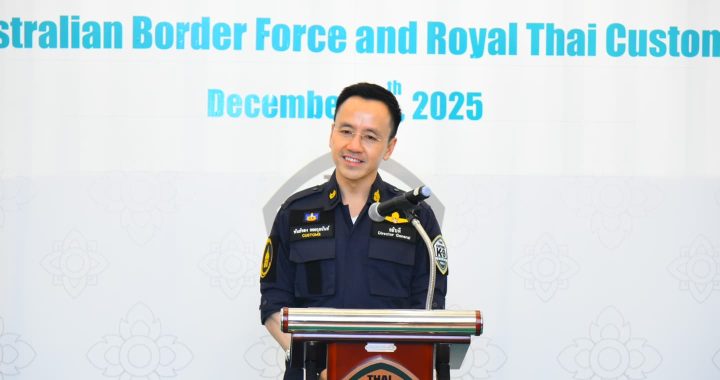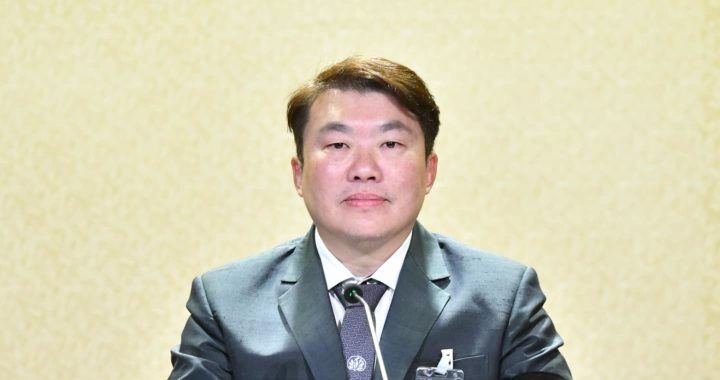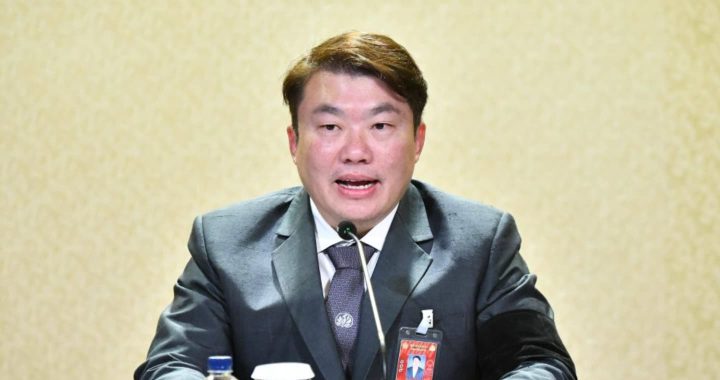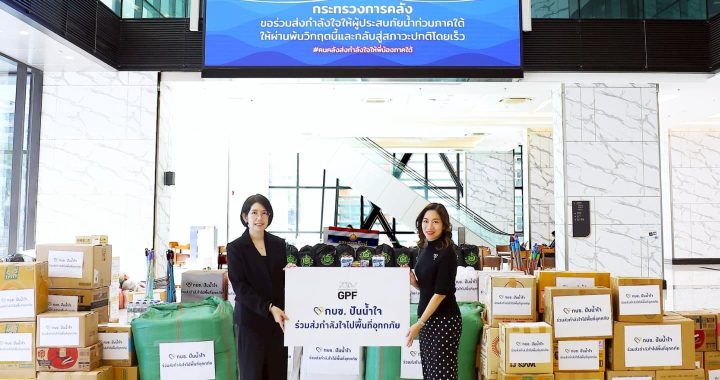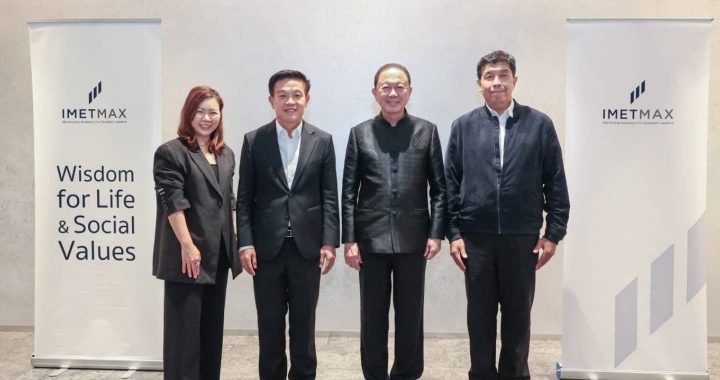New Tariff Policy and the Chaos of Global Trade: Who Wins and Who Loses?

After President Trump’s return to office, trade policies and international relations have gained greater clarity, particularly under the “America First” policy, which places US interests at the forefront.
Mr. Burin Adulwattana, Managing Director and Chief Economist, KASIKORN RESEARCH CENTER Co., Ltd. (KResearch), is of the view that that Trump 2.0’s policy will continue to use import tariffs as a tool to maximize US interests. We have seen US foreign policy leverage tariffs as a negotiating tool to achieve political and security objectives, such as addressing illegal immigration and drug-related issues, as well as expanding US influence beyond its borders—including the Panama Canal, Greenland, and Canada.
During Trump’s first term, his administration raised import tariffs, particularly on China, and replaced the North American Free Trade Agreement (NAFTA) with the United States-Mexico-Canada Agreement (USMCA). The trade war has had a less-negative impact on the US economy than on the countries that trade with the US.
President Trump’s actions reflect the perspective of Robert Lighthizer, the key strategist behind the first round of the trade war, who stated that the US should view China as its primary competitor in military, economic, and security aspects. The US running a substantial trade deficit with China is not beneficial in the long run. Consequently, President Trump’s policies are aimed at reducing dependence on China’s economy and narrowing the trade deficit.
In addition, the US aims to create jobs – particularly in the manufacturing sector, such as the automotive industry. There is also the view that even America’s allies, including Mexico, Canada, the European Union, and other countries, have consistently taken advantage of the US in trade relations.
KResearch is of the view that Thailand will be inevitably affected by Trump 2.0’s policy as the country has the tenth-highest trade surplus with the US among all its trading partners. Therefore, Thailand could adopt the strategy of opening its market to US businesses more or increasing its imports of US products to reduce the trade surplus. Additionally, if the impact of the trade war expands, the Fed may not be able to lower interest rates further beyond the two interest rate cuts projected for 2025.
The Trump 2.0’s policy focuses on creating economic and military security for the US. Therefore, we may see a significant change in the international economy where the US utilizes its economic greatness as a tool of leverage in the advancement of its interests.
Trump 2.0 : ผลกระทบต่อเศรษฐกิจโลกและไทย










